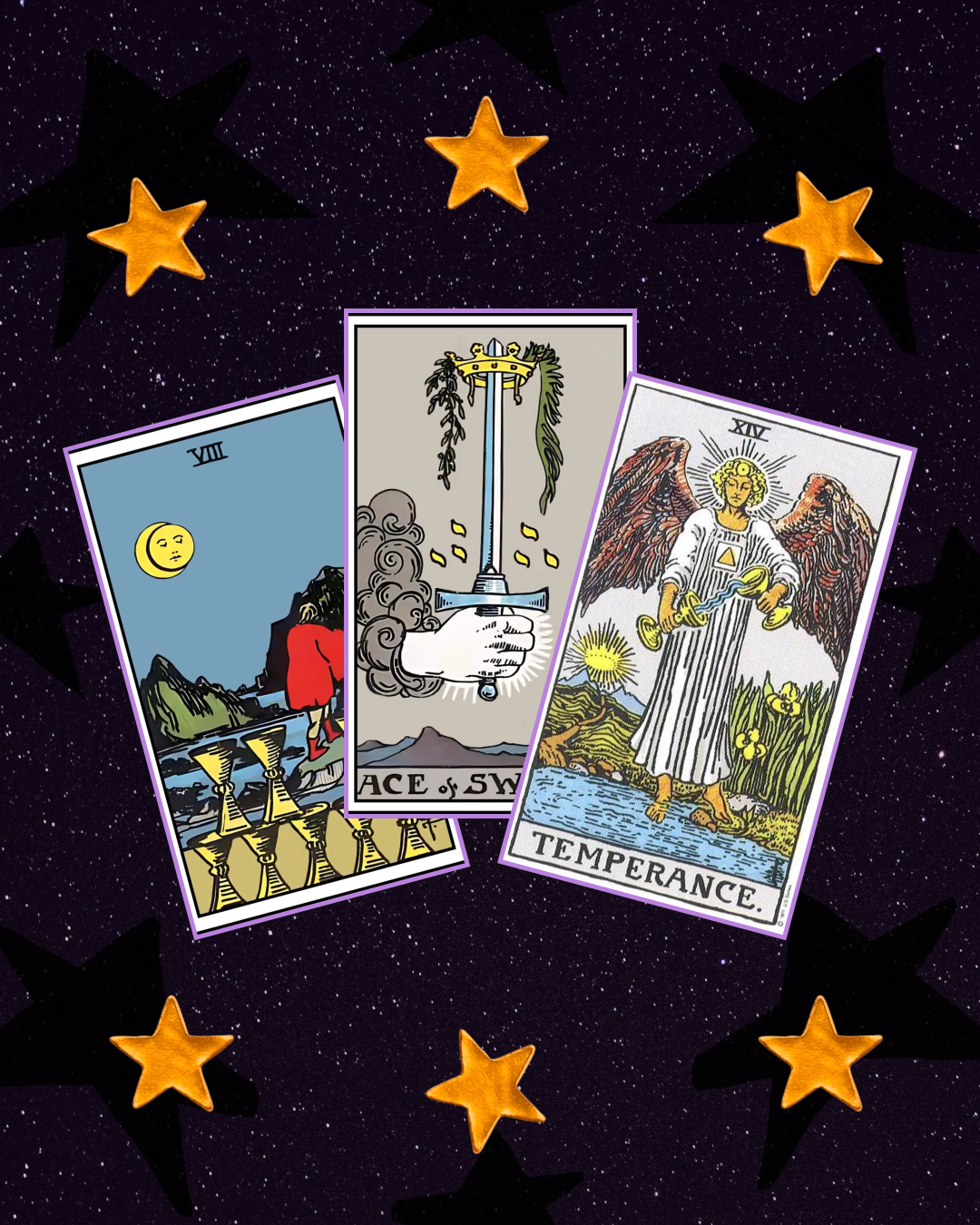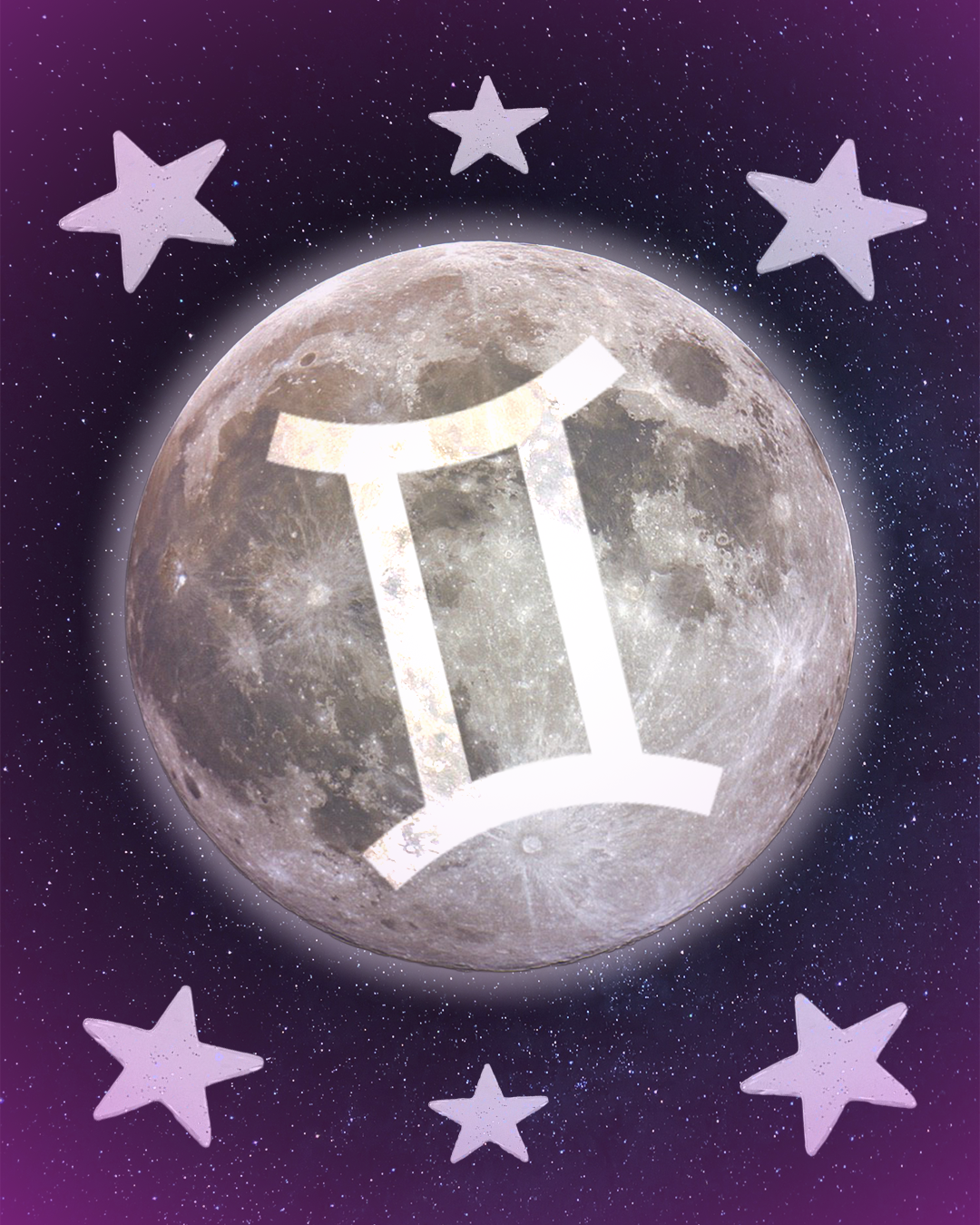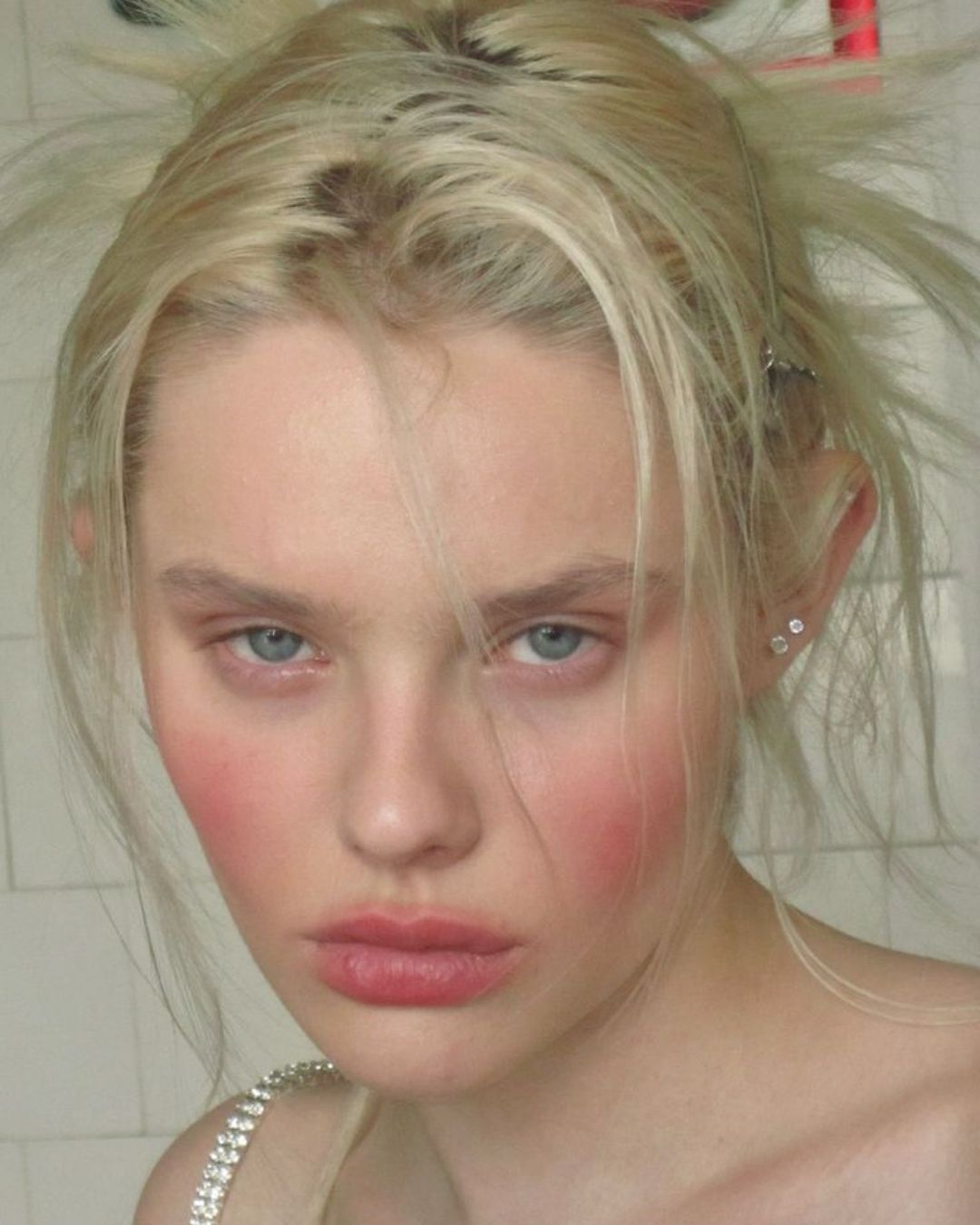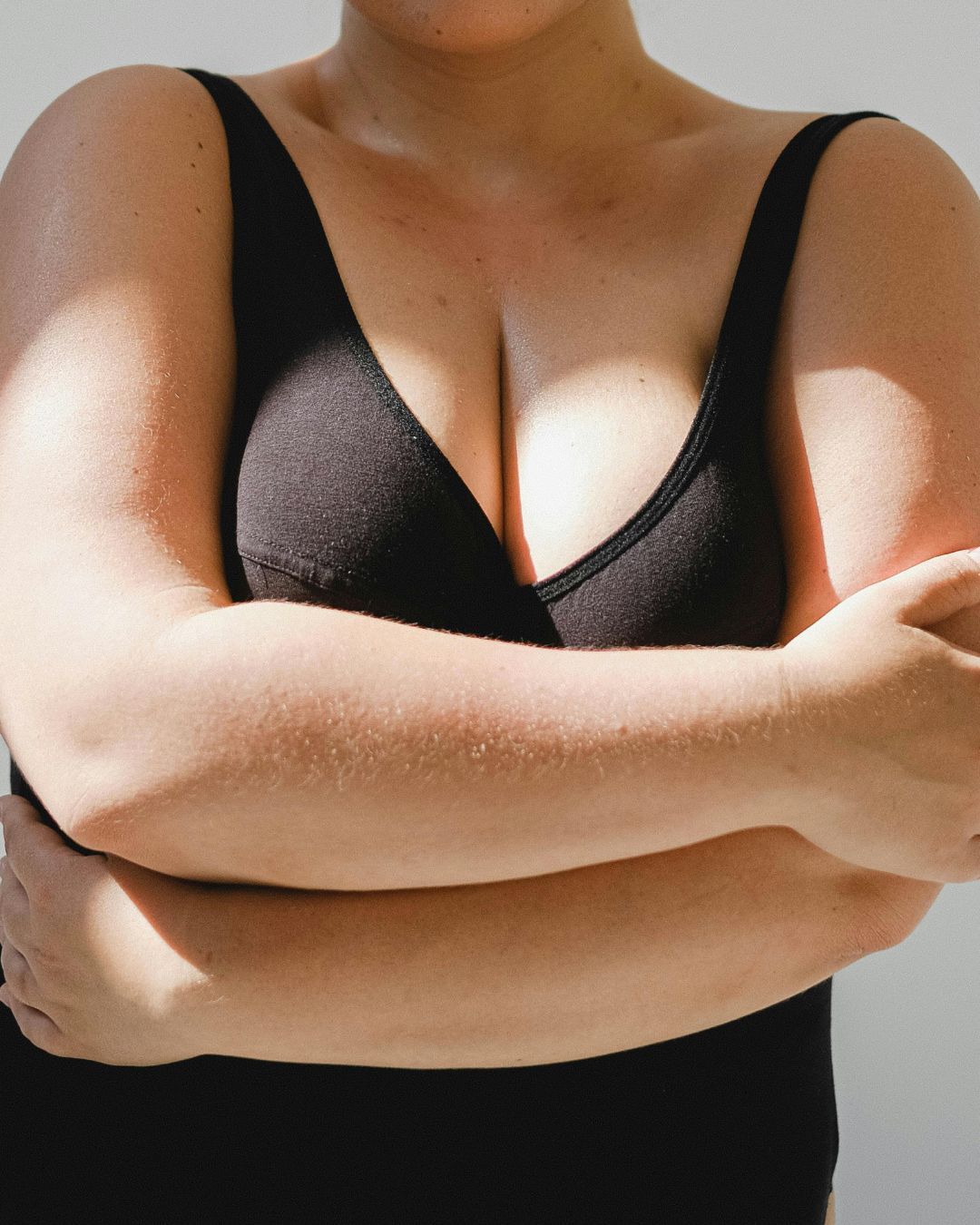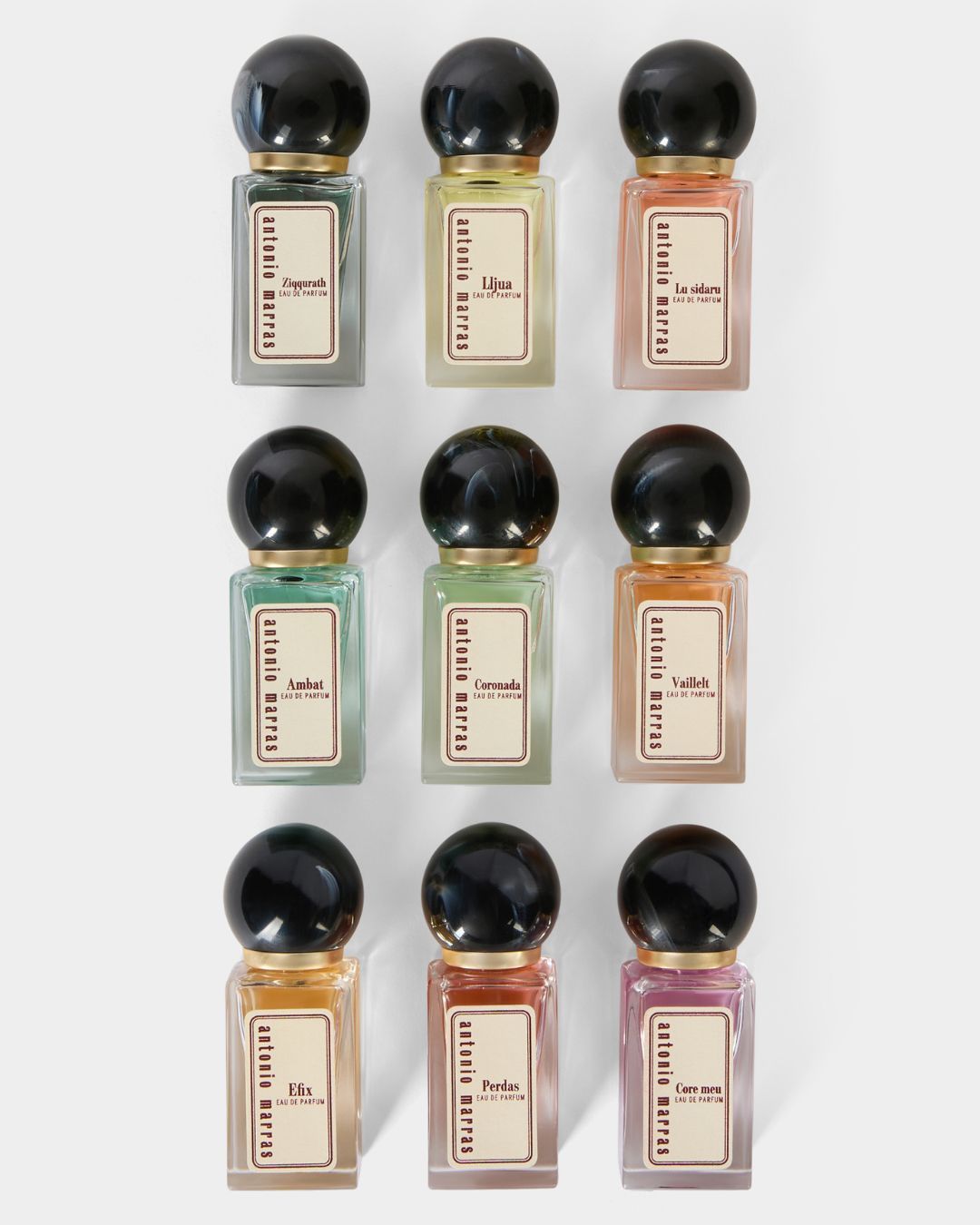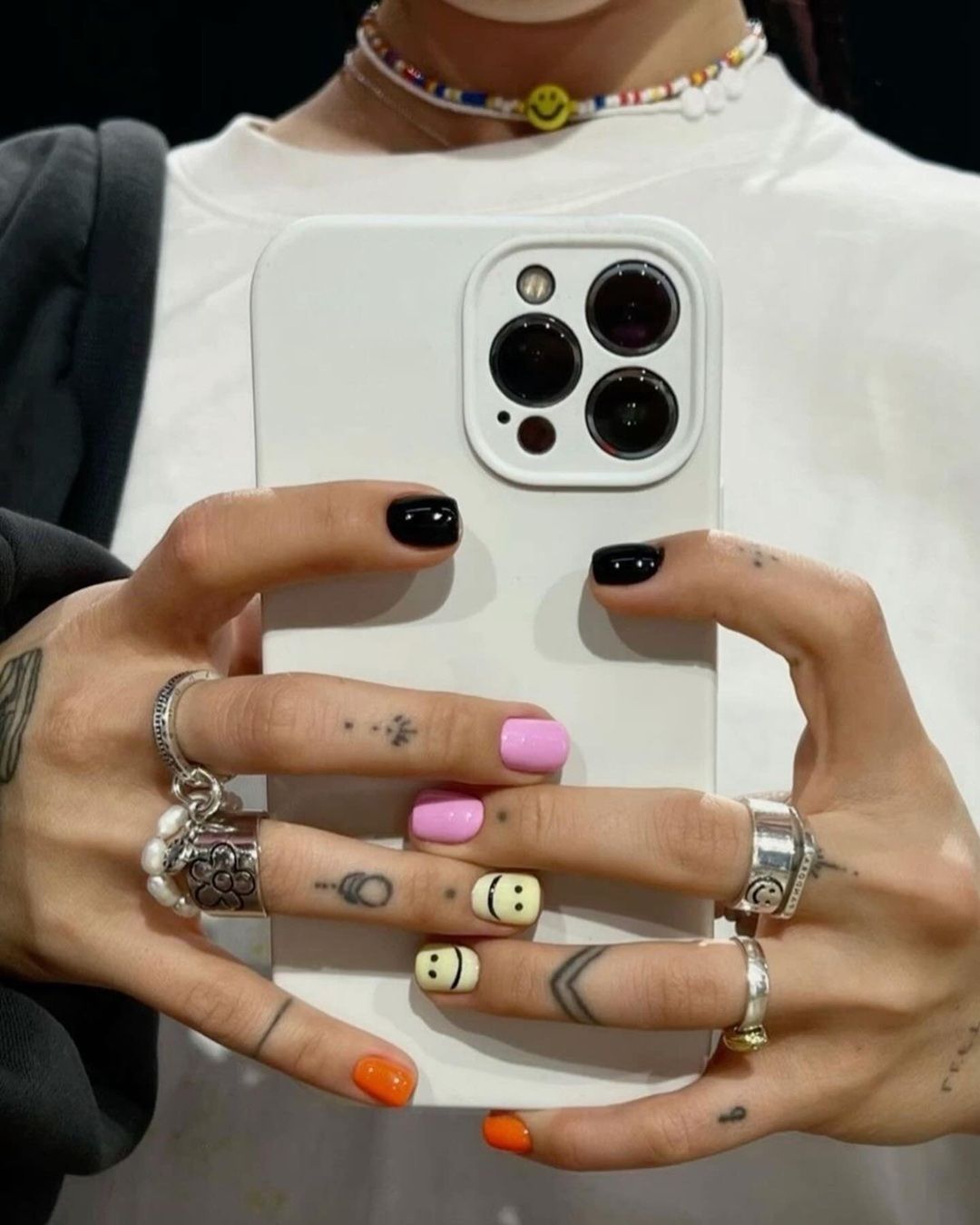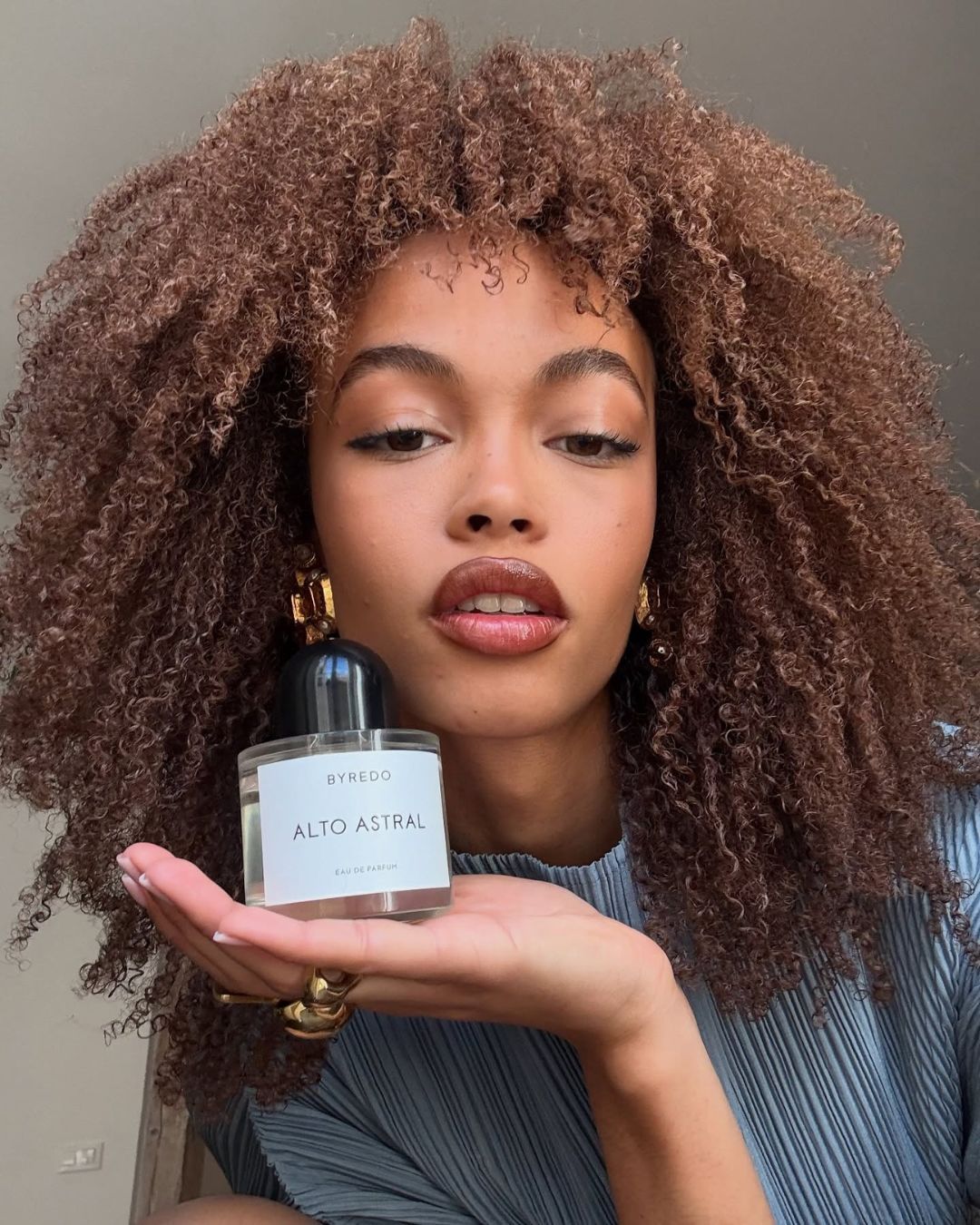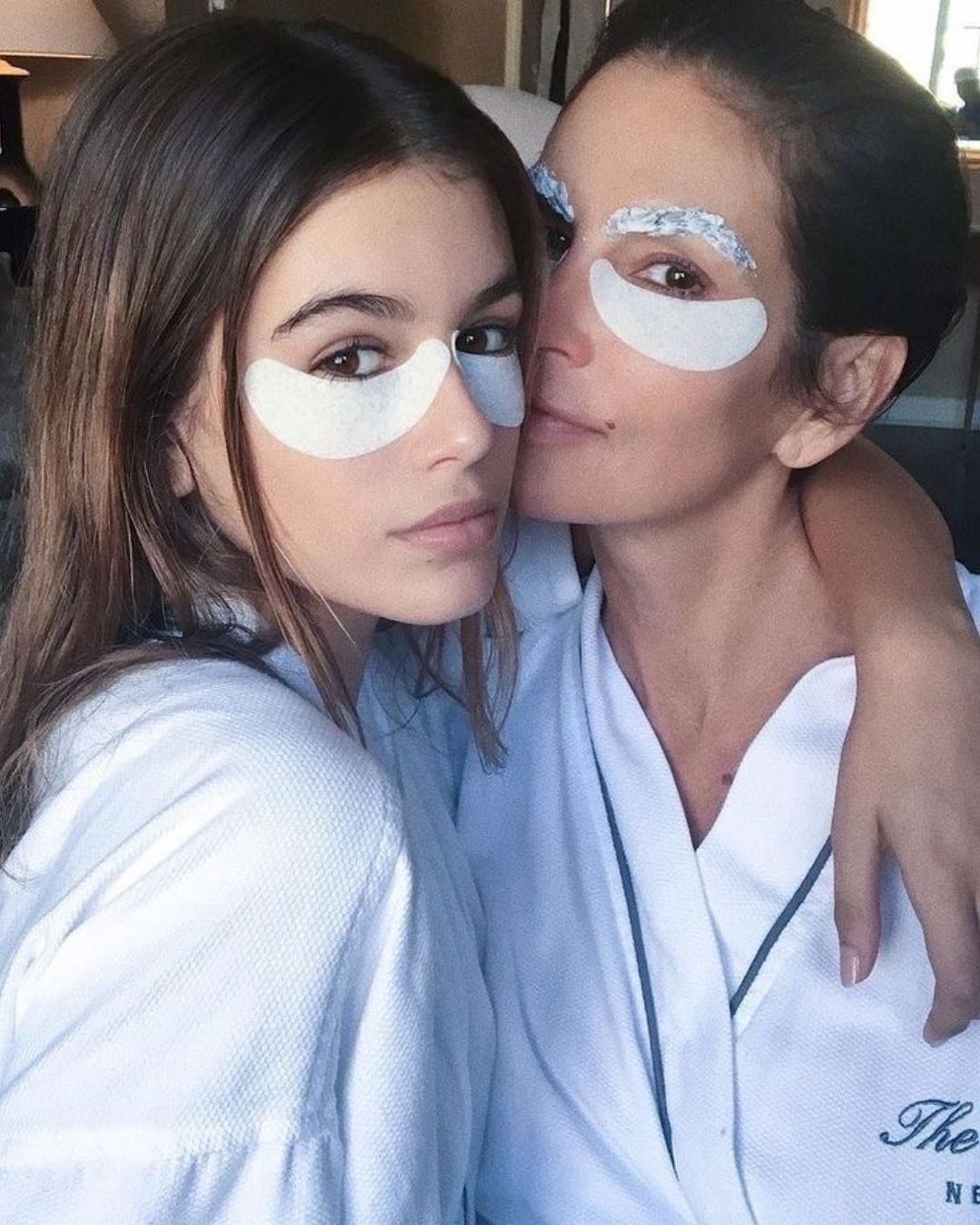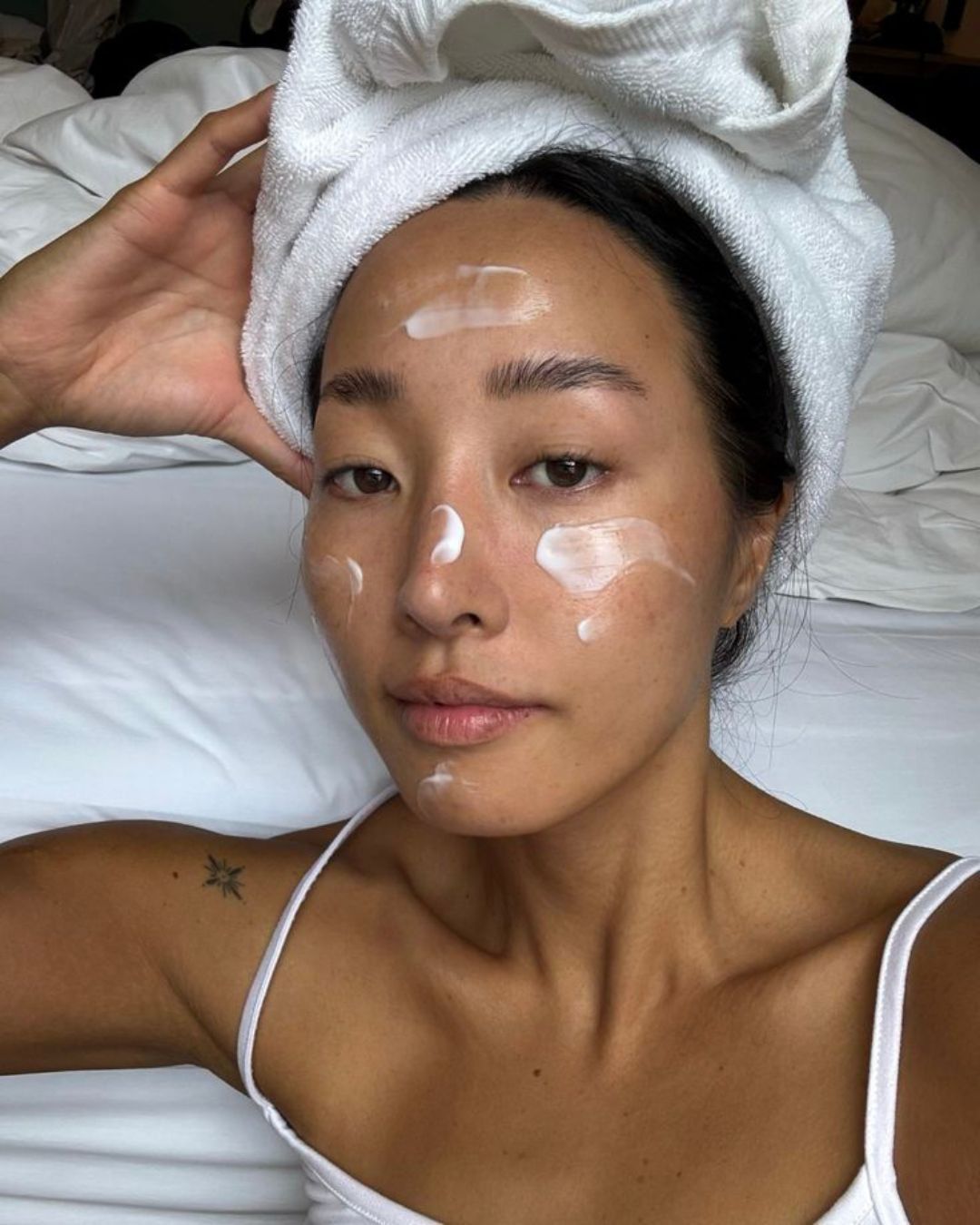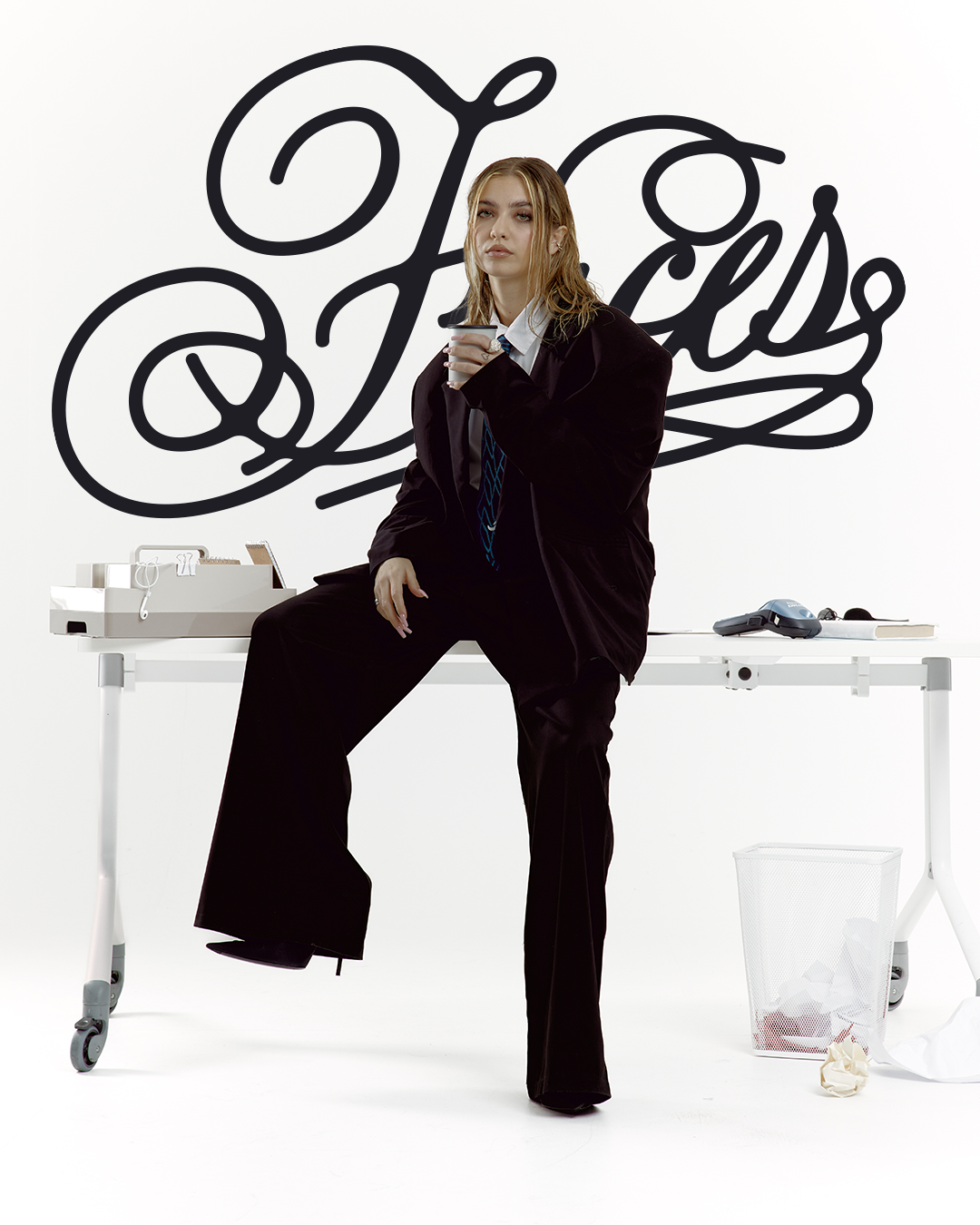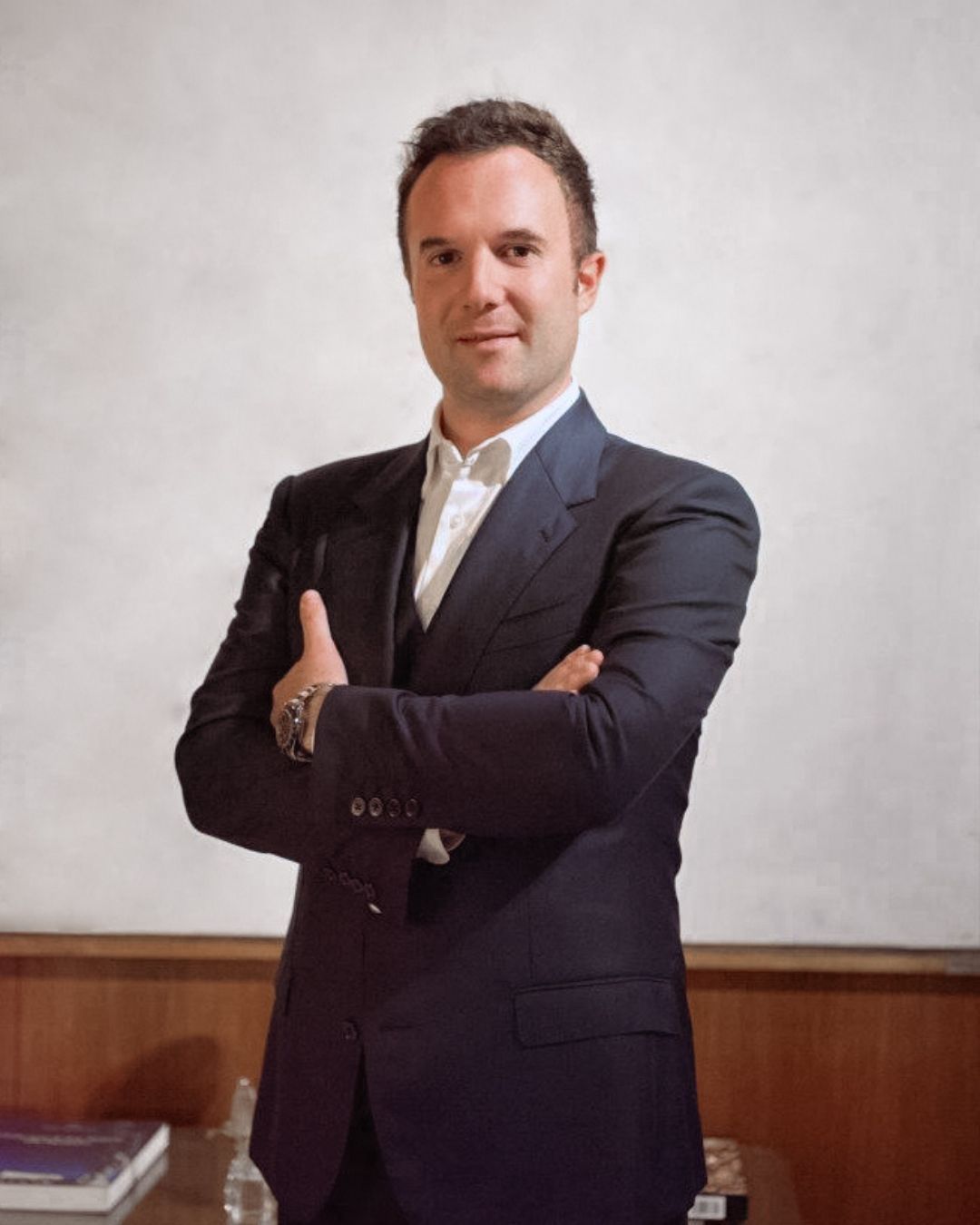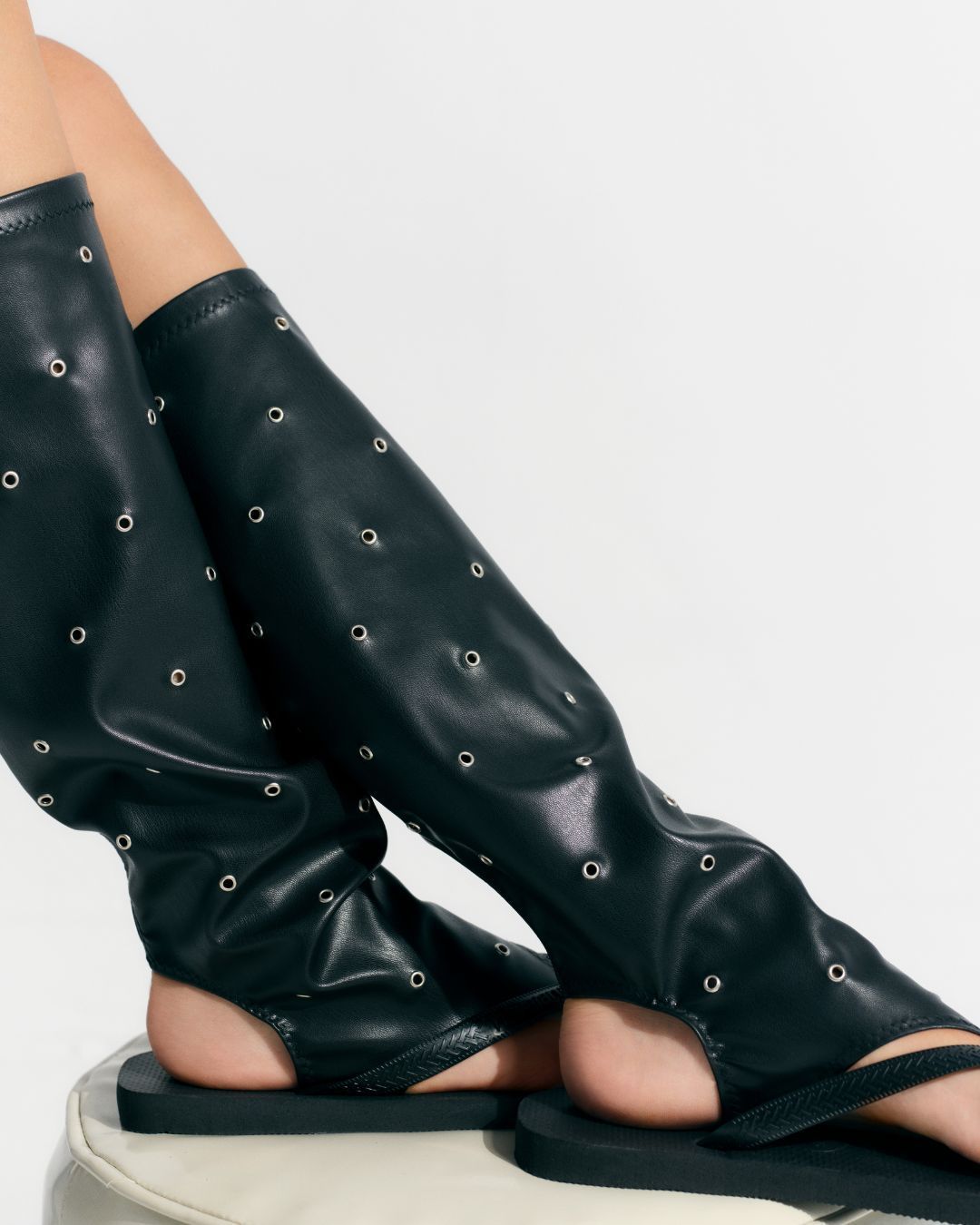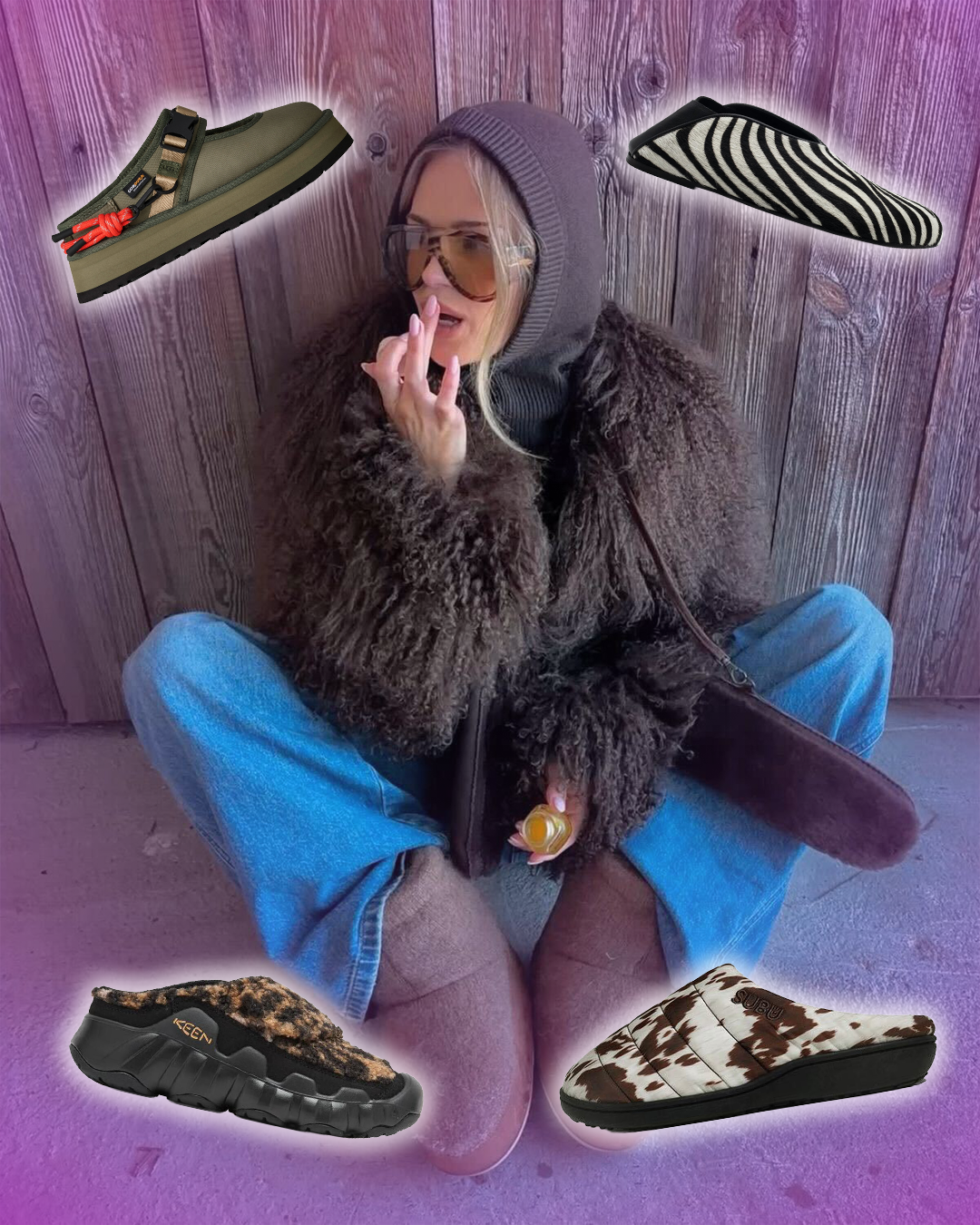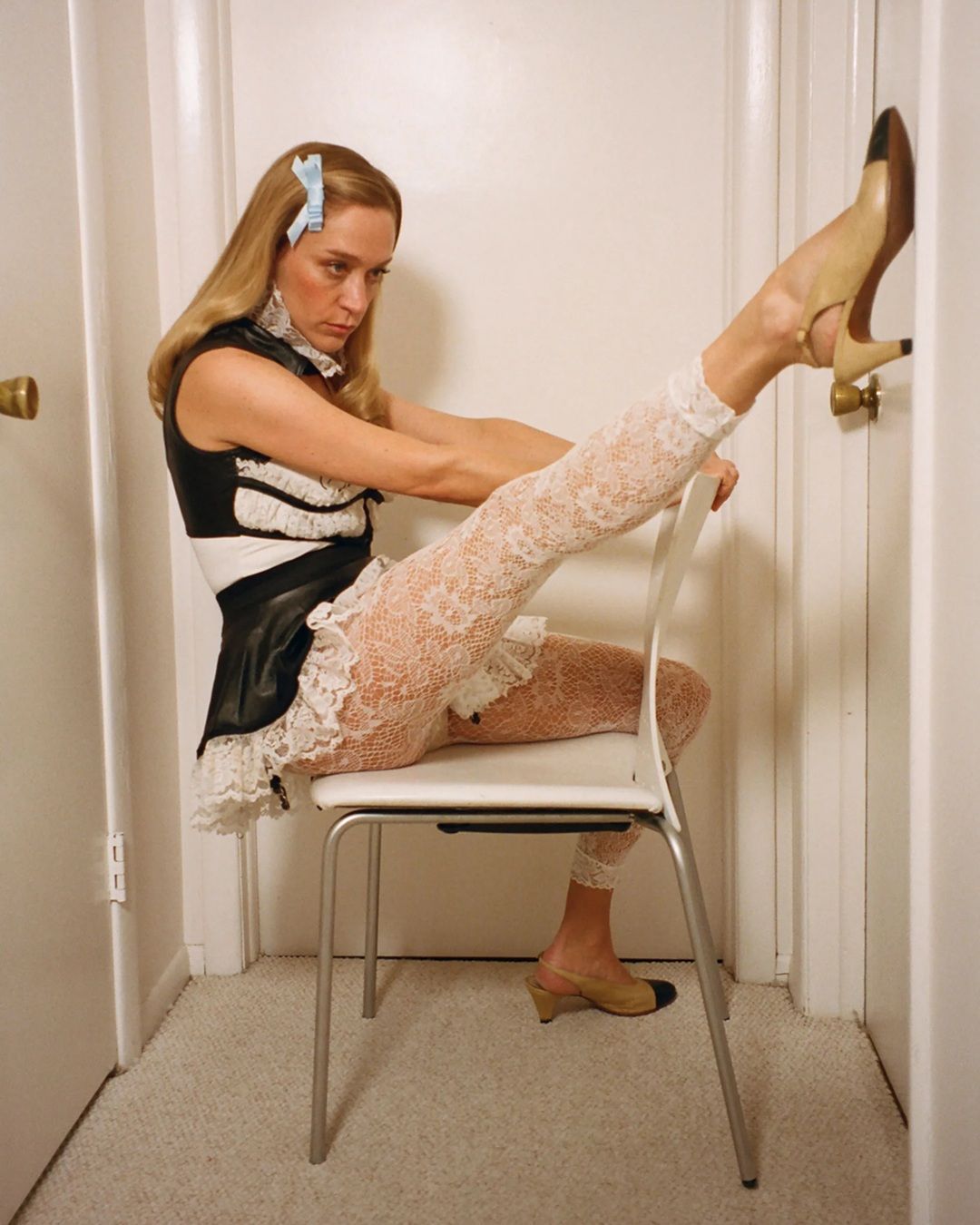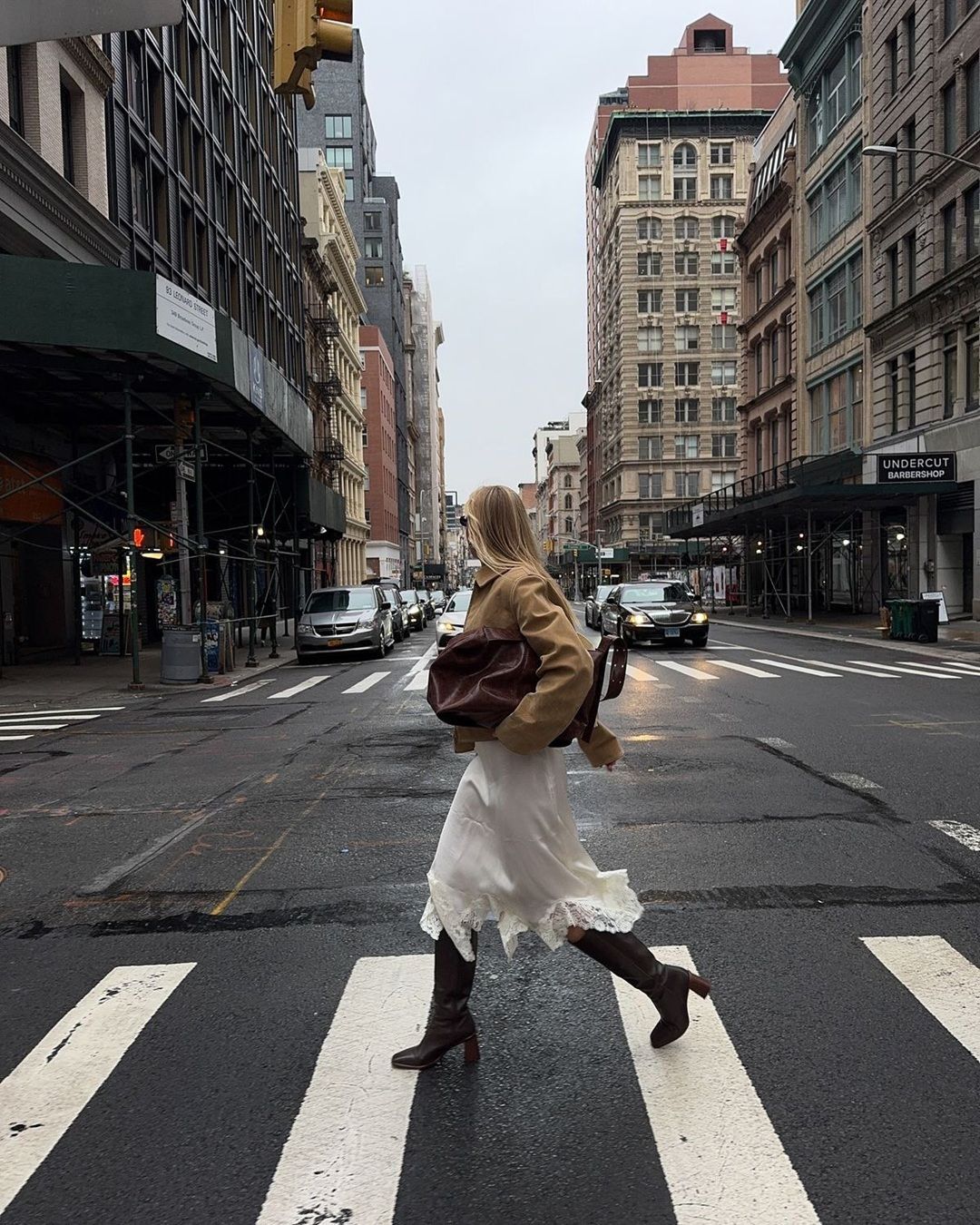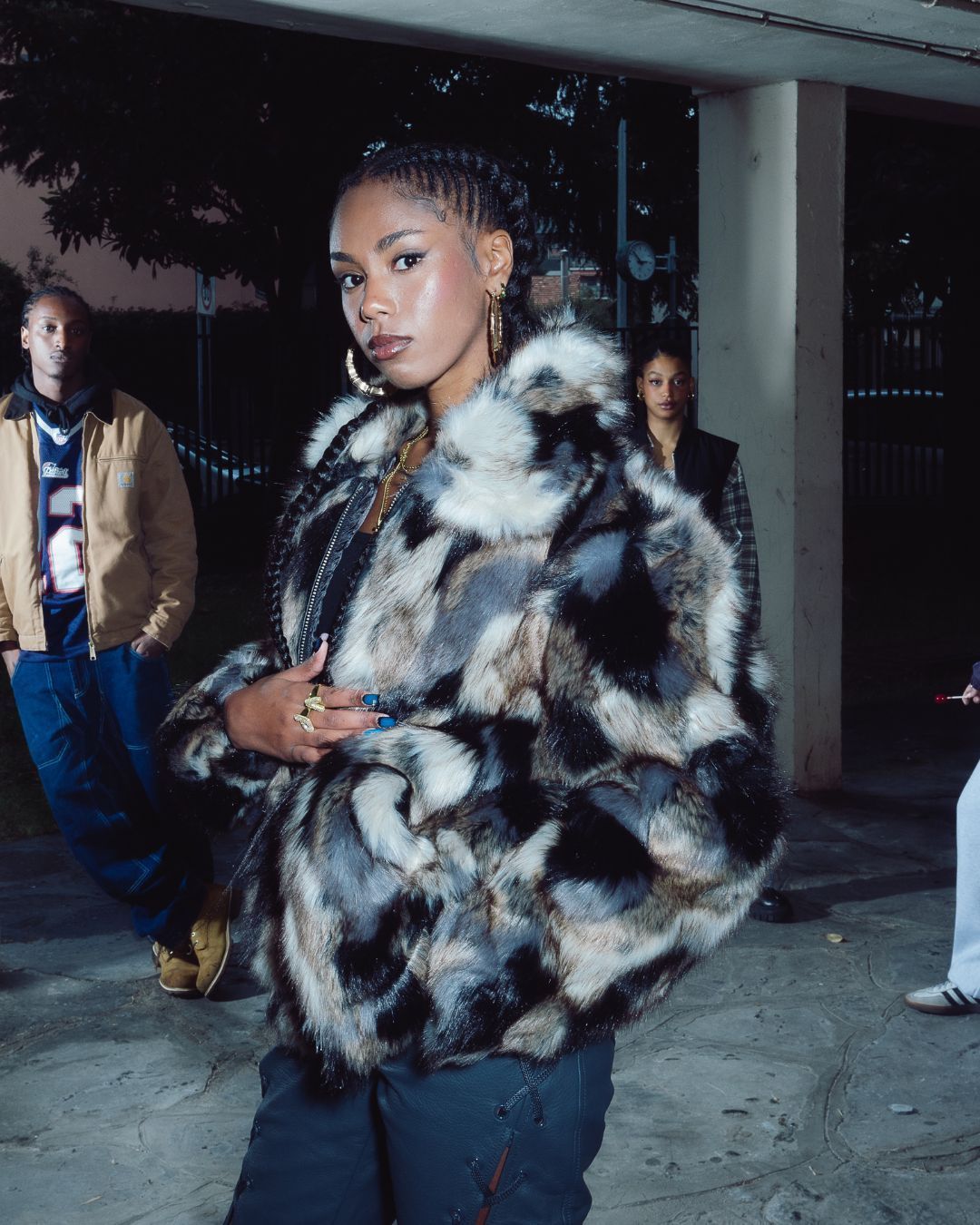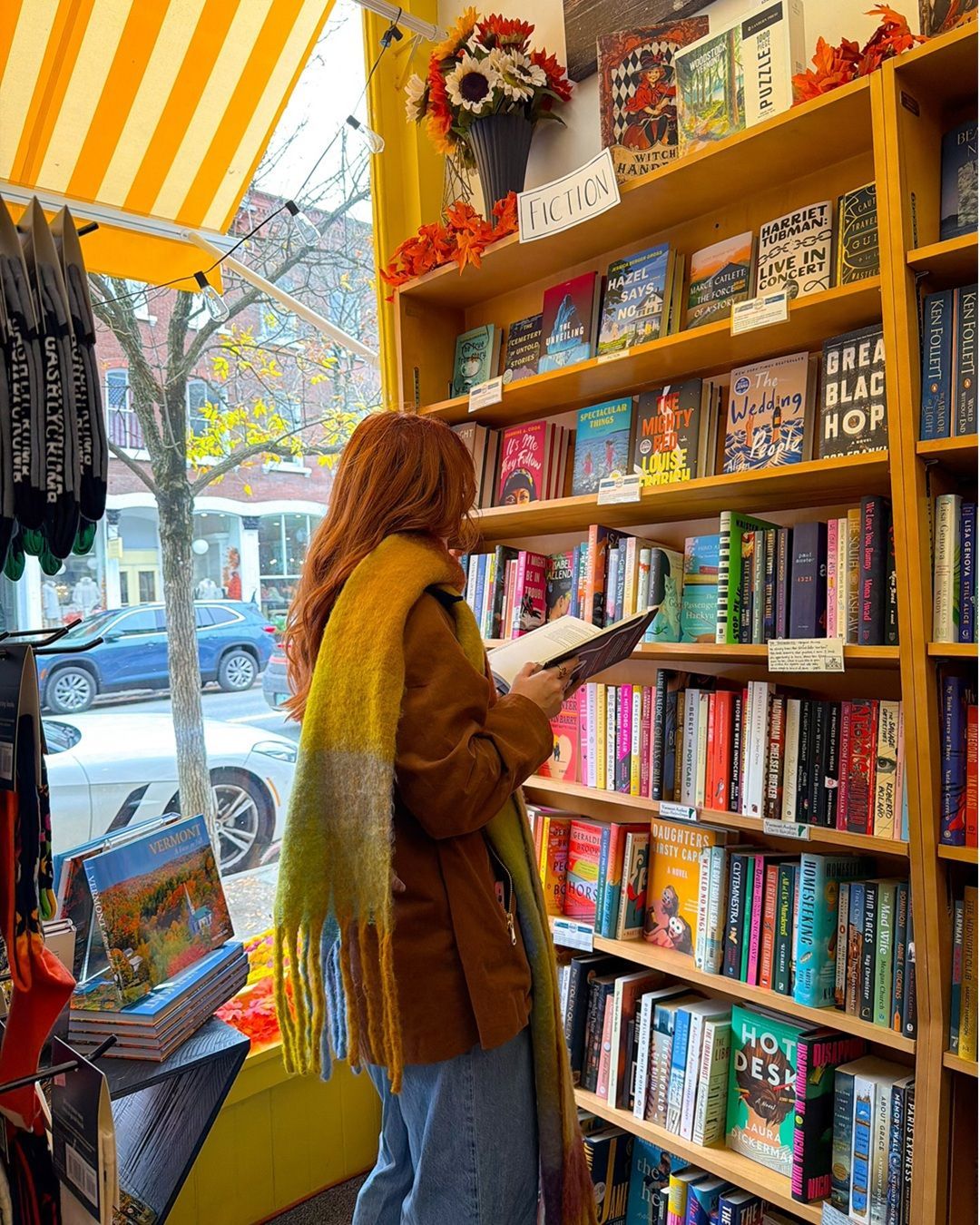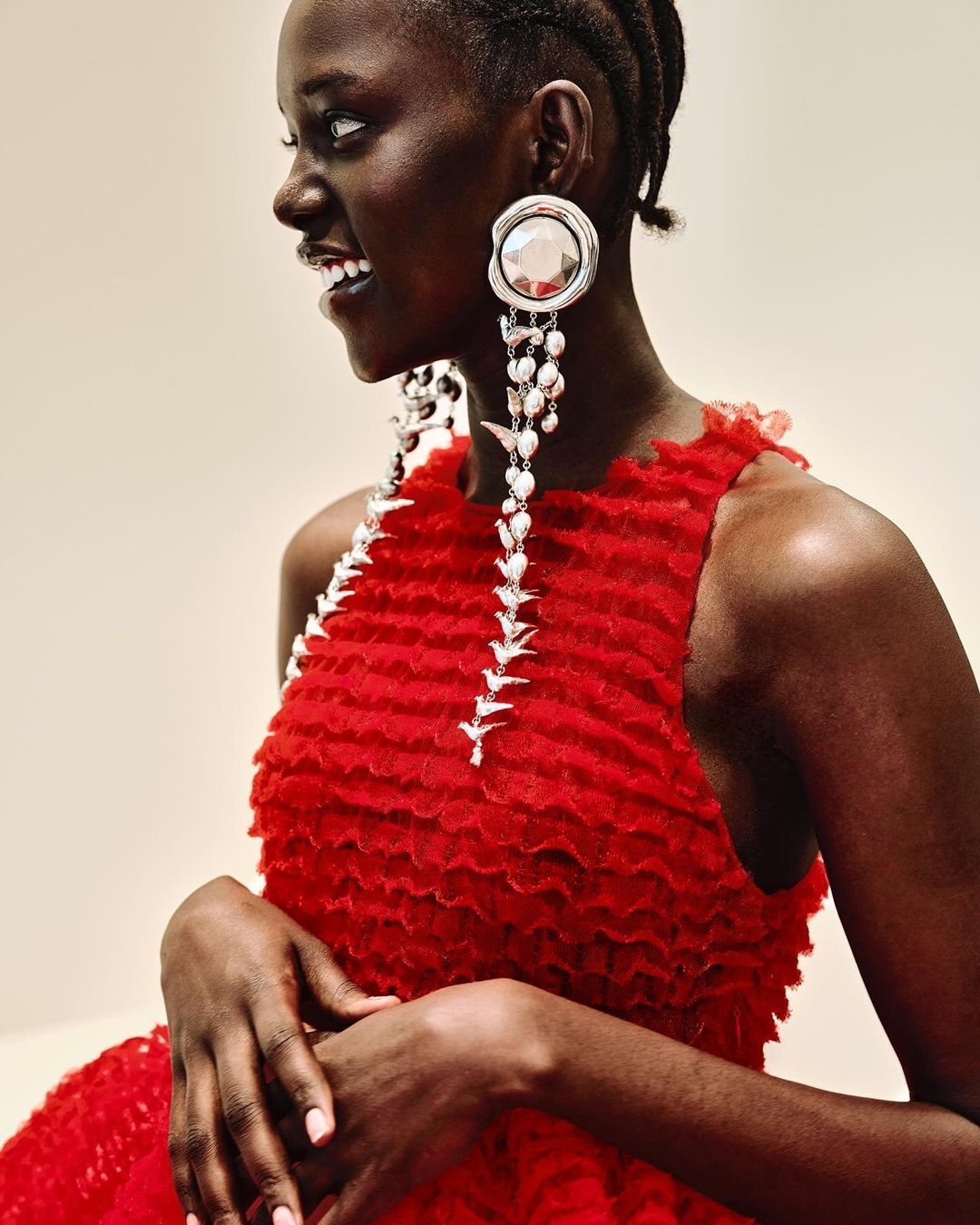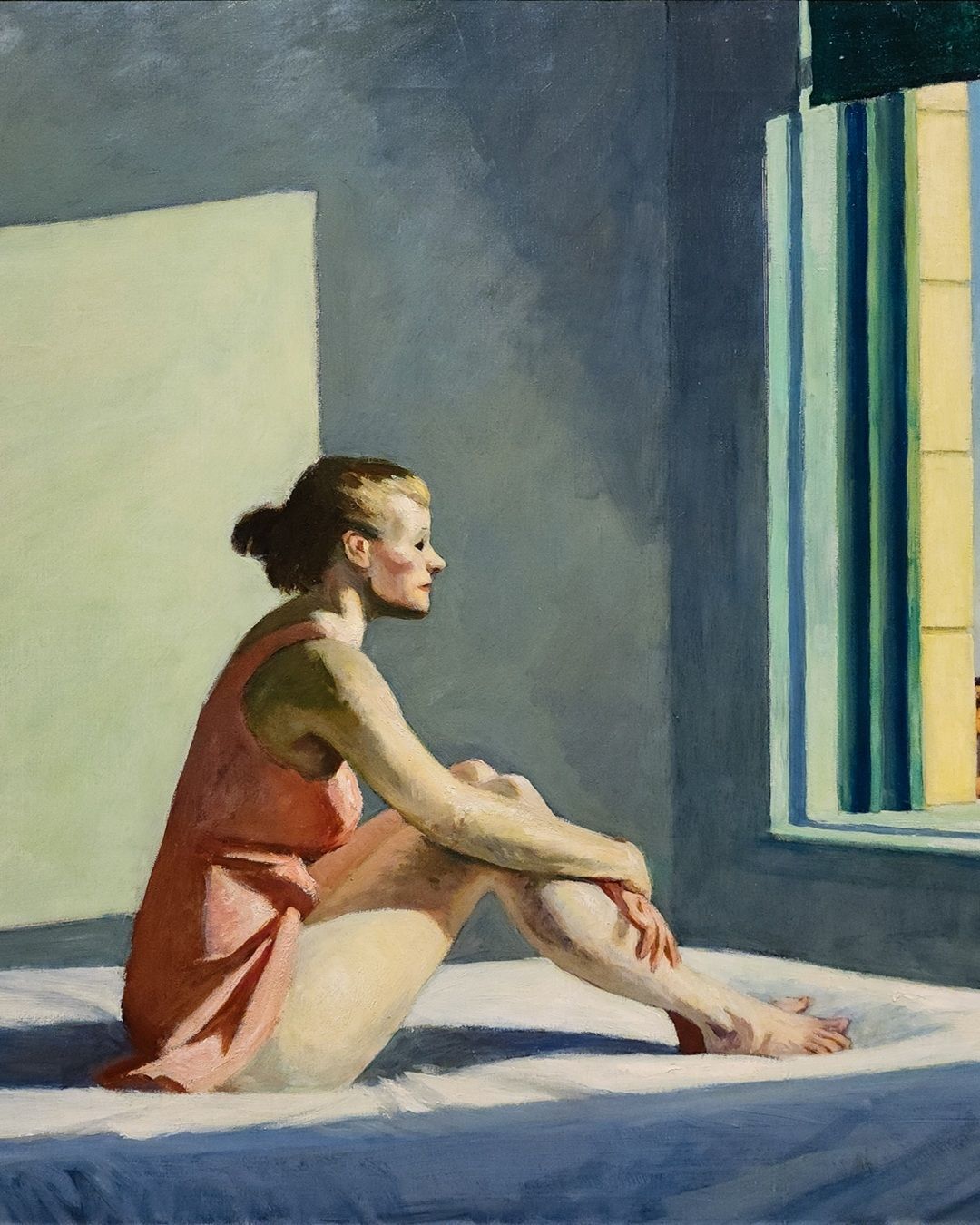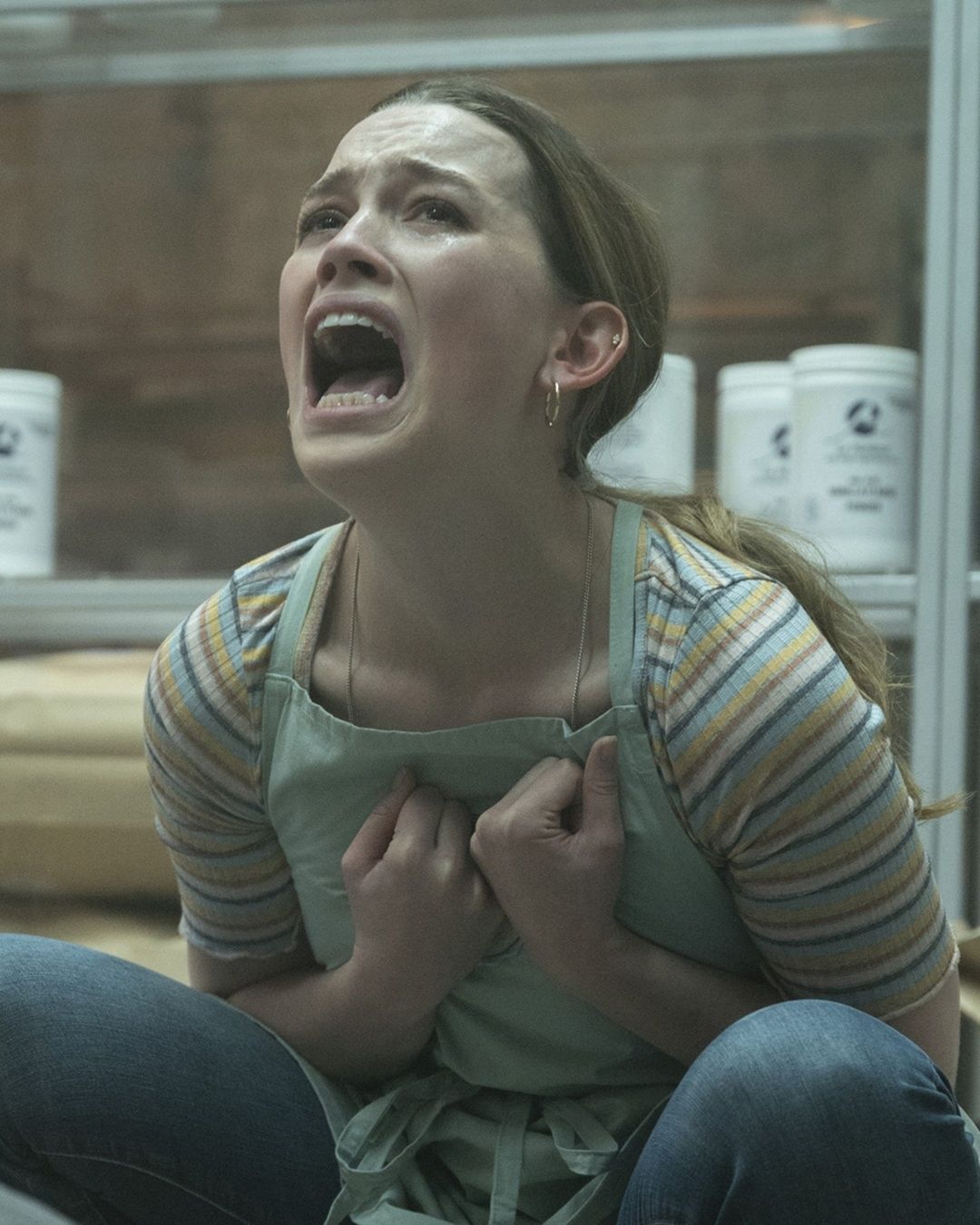
Why does burnout hit women harder? There is one truth that burns under the skin: burnout has a gender, and too often it is female
There are types of fatigue that sleep can take away, and then there are those that stick to your skin. The ones that don’t leave even if you sleep eight hours, even if you take a break, even if you pretend everything’s fine. It’s not the tiredness from a sleepless night, but the result of months, sometimes years, spent gritting your teeth. Doing, doing, doing. Being everything to everyone. And then one day, you wake up and you can’t even be that for yourself. This isn’t just stress. It’s not just a rough patch. It’s something deeper, quieter, more dangerous. It’s burnout. And no, it doesn’t hit everyone the same. For many women, it’s a condition that creeps in slowly, disguised as normalcy. It seeps through societal expectations, unpaid emotional labor, the pressure to always be present, always good, always right. It hides behind productivity, behind automatic smiles, behind tightly scheduled days. It’s like a flame that slowly burns through every part of us. Even when we see the sparks, we don’t talk about it enough. Or worse—we normalize it. The society we live in romanticizes exhaustion, celebrates the “superwoman,” and rewards those who sacrifice everything in the name of productivity. And so, the discomfort grows in the shadows—invisible and accepted. But just look around: in work calls, late-night voice messages, and the silent fatigue in conversations between friends. You’ll see, it’s not just chronic tiredness. It’s something deeper. More systemic. And yes, more feminine.
What is burnout?
Burnout is not just feeling tired. It’s not a heavy week, a bad day, or wanting to sleep a little more on the weekend. Burnout is a slow and relentless form of emotional exhaustion. A type of chronic fatigue that doesn't go away with rest because it's rooted in a deeper emotional imbalance. It’s the result of chronic stress left unmanaged, wearing down the body and mind. The World Health Organization has finally recognized it as a work-related syndrome, defining it as “a condition resulting from chronic workplace stress that has not been successfully managed.” It manifests through three key symptoms: exhaustion, cynicism or mental distance from work, and reduced professional effectiveness. But the truth is, burnout extends far beyond the office walls. It creeps into personal life, erodes motivation, and damages relationships. Those who experience it speak of persistent tiredness, sleepless nights, and a mind that spins endlessly even in silence. It can evolve into anxiety, depression, chronic insomnia, digestive issues. The body protests, but quietly, and often no one listens. Because we were never taught to stop. We were taught to endure.
More responsibility, less recognition
Women today work outside the home more than ever. But they never stopped working inside the home. And that double burden—professional and domestic—is not shared equally with their partners; it falls almost entirely on them. Statistics confirm this: according to a BBC report, women are much more likely to experience burnout than men, especially in environments where their role is not acknowledged or valued. The issue is that women’s mental load is often invisible. It's organizing birthdays while preparing a presentation for the boss. It’s remembering the kids’ doctor appointments while answering an urgent email. It’s caring for aging parents, the dog with colic, the laundry, and staying fit and attractive for their partner. It’s thinking for three, managing for five, being everywhere for everyone. The problem isn’t just how much is done, but how it’s experienced: alone. Without support, without a network, without space to say “enough.” And recognition? Often absent. Because women are seen as naturally inclined to care for others. But no one asks who cares for them.
Gender bias and hostile work environments
In the workplace, female burnout isn’t just about workload. It’s a matter of workplace culture. Forbes is clear: gender bias fuels professional exhaustion. Women are often judged by a double standard: if they’re too assertive, they’re seen as aggressive. If they’re collaborative, it’s assumed they’ll do the team’s emotional labor. Plus, many women don’t feel free to express limits or ask for help for fear of seeming weak. So they hide their discomfort, suffer in silence, and smile even when they’re falling apart. That’s why inclusion at work isn’t an optional perk—it’s essential. As many experts emphasize, creating safe, empathetic, and truly equitable spaces is the first step to preventing burnout. Because gender equality isn’t just a numbers game—it’s about psychological well-being.
@nott.clarity it comes in waves and not everyday is what we hope it to be
burnout - emma chamberlain quotes
The toxic myth of multitasking
We grow up believing that women are great at multitasking. It almost sounds like a compliment, right? Doing a thousand things at once, juggling, organizing, planning ahead. So we learned to juggle duties like puzzle pieces, like skilled performers never dropping the ball. But over time, what we were sold as a superpower becomes a trap. Multitasking isn’t a virtue—it’s a mental cage. And inside, we burn out. In the female world, multitasking often overlaps with multi-thinking—that mental state where a woman is constantly busy in her mind, even when still. We all do it. It’s that constant, fragmented mental load: dinner, work, guilt, shopping list, unread messages, our appearance—the list never ends. Result? The brain never rests, and the body follows. This constant mental pressure wears us down. It leads to forgetfulness, lack of focus, irritability—or worse. But society doesn’t see it. Because “she’s strong, she always manages.” But no one notices she can’t anymore. Escaping this pattern isn’t easy because it also means defying a cultural model.
Beauty, perfection, and aesthetic burnout
Beyond work and household management, there’s a third silent battleground for women: the body. Jessica DeFino, in an investigation on Beauty Burnout, explains how beauty standards have become a modern form of oppression. Being pretty, well-groomed, and “presentable” every day becomes another item on the life to-do list. It’s a quiet burnout, but pervasive. Hours spent trying to appear fresh, forever young, and slim, even when we feel empty inside. It’s comparison anxiety, a mental filter, and the pressure to perform aesthetically. The female body becomes an endless project, never finished, never enough. Every imperfection feels like failure. This invisible exhaustion isn't seen, but it is deeply felt. And it adds up, amplifying the feeling that there's never enough time, to truly take care of ourselves or simply be ourselves.
@studiostreit and that’s on mental health awareness #selfcare#mentalhealth#burnout#health#arttok original sound -
Fraying identity: when we no longer recognize uurselves
There’s a part of burnout we rarely talk about, maybe because it’s the scariest: the moment we stop recognizing ourselves. When mental exhaustion goes beyond the body and becomes a loss of direction, meaning, and self. A slow erosion of identity. At first, it's just fatigue. Then it becomes brain fog. Then apathy. And finally, a dull, persistent thought: Who have I become? We grew up believing that being strong means handling everything alone. That complaining is weakness. That stopping is losing. So when even the simplest things become hard, we feel inadequate, defeated, chasing a version of ourselves that no longer exists. Burnout can evolve into an existential crisis, filled with doubt, guilt, and constant comparison. Even those with invisible illnesses experience this. The world moves on, and we feel in apnea, tied to a sinking emotional anchor. We think we're not allowed to feel this way. So we mask it, keep functioning, but stop really living. This is perhaps the cruelest part of burnout: its insidious way of making us feel alone, even when we’re not.
@thenicolepedra Chronic illness burnout can look like… . . . #chronicillness #spoonie #multiplesclerosis #invisibleillness #chronicillnessawareness original sound - alex
The power of saying no and rewriting the story of exhaustion
In a world that praises those who always say “yes,” learning to say “no” is revolutionary. It’s not selfish, it’s respect. Not escape, but survival. Yet for many women, saying no triggers guilt. As if our worth is measured by sacrifice. But saying no also means saying yes to ourselves: to our space, our time, our energy. No one can pour from an empty cup. Burnout is not a personal failure. It’s a systemic crack, a collective wound. It’s the sign of a world that expects us to always be present, productive, and flawless. But not anymore. It’s time to rewrite the narrative. Stopping isn’t weakness. It’s clarity, it’s love. Sometimes it takes just a little: closing the laptop, not replying immediately, breathing deeper. Sometimes it takes more: asking for help, saying “I can’t”, breaking the rhythm. We don’t have to heal perfectly. Just allow ourselves the right to exist, even on gray days. Because we’re not machines, and we don’t have to prove anything.




